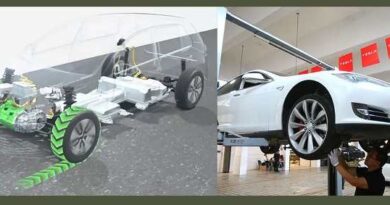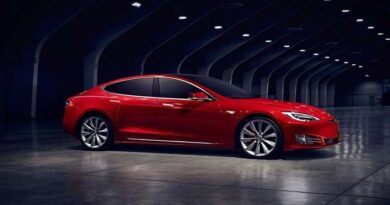The European Hyperloop overtakes Elon Musk’s: 500 km of tunnels under Swiss soil
The European Hyperloop overtakes Elon Musk’s: 500 km of tunnels under Swiss soil
Europe is taking the lead in adapting Elon Musk’s innovative idea for freight transport with the Swiss Cargo Sous Terrain (CST) project.

The Hyperloop is a high-speed transportation system that was proposed by Tesla CEO Elon Musk in 2013. It consists of capsules that travel through vacuum tubes, or under reduced pressure, at very high speeds in its original conception with high reaching speeds of up to 1,200 km/h. the capsules float in the air using magnetic levitation and move using electric propulsion to eliminate friction losses and increase energy efficiency.
The idea behind this solution is to create a faster, more efficient, and safer means of transport rather than the conventional one which produce carbon emissions. It has been described as a combination between an airplane and a train and is mainly intended for the transport of passengers.
The technology is under development and has not been commercially implemented. Several projects are in different stages of implementation and testing around the world but it will take several years before the system is fully functional and operational.
The Swiss solution
A project is being developed in Switzerland may become the first to demonstrate its technical and commercial viability before the end of this decade. Cargo Sous Terrain (CST) is not exactly a Hyperloop concept. His vision is somewhat different from Elon Musk’s definition, although it is based on similar principles.
The CST system is limited only to the transport of goods, which will simplify things a lot, but it is more complex at a logistical level since it combines underground and surface operations. However, both have similar goals like fast, efficient, emission-free, and sustainable transport. Although it is a private initiative, Cargo Sous Terrain is not a small company but an umbrella organization that brings together multiple Swiss companies specialized in different fields.
This complex logistics system aims at connect the main centers of the country, both underground and on land. That implies the development of multiple subprojects at the same time. It is not just about developing a new type of vehicle, but also about the locations of the operations centers, energy management, tunnel construction, and the information technology (IT) infrastructure that will control the entire system.
Capsules and tunnels
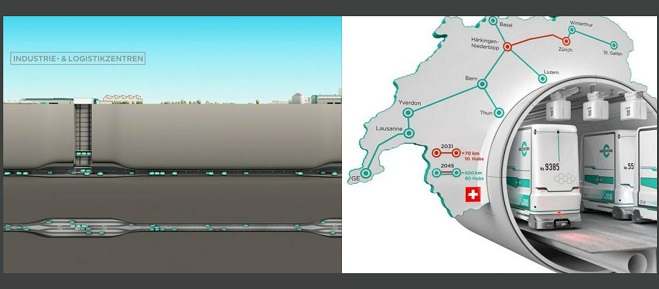
CST wants to replace trucks and trains with cargo pods. These are tiny fully autonomous vehicles designed to operate 24 hours a day and are capable of reaching speed of up to 30 km/h. The movement has been achieved thanks to the system similar to the conveyor belt. Powered by induction rails, and the driverless capsules would transport one or two pallets that they will also load or unload autonomously.
Special vertical elevators will allow the capsules to move from surface loading operations at designated logistics centers to underground tunnels. The goods like fresh food products can also be transported through them to the destination centers. In this freight system, suppliers do not deliver their goods individually. Through the so-called micro-distribution, they are prepared in advance and coordinated so that the entire process is fast and efficient.
CST hopes to drastically ease the burden of rail and road freight transportation. He claims they could reduce heavy goods transport on Switzerland’s roads by up to 40%. In addition, the Swiss company guarantees the use of 100% renewable energy sources.
Feasibility and start-up
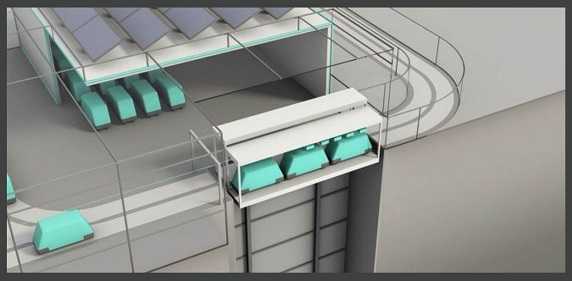
Many similar projects, such as Hyperloop-type passenger mobility, CST ensures that the project is based on the real needs of users and market requirements, as deduced from the detailed feasibility study that has been carried out. In other words, it is not just an attractive conceptual initiative but a project that is ready to be implemented.
CST has a relatively optimistic time frame for commissioning the initial phase of this large-scale charging system. In 2031, it expects to inaugurate the first section of the network, connecting Härkingen-Niederbipp with Zurich, which includes 70 km of tunnels and ten centers or connection points along the route.
From there, it will gradually expand to other centers in the country. In its final state, in 2045 it will be a network with a total of 500 km that will connect Lake Constance with Lake Geneva.
The total cost of the project is estimated at approximately 33,000 million euros, of which 3,000 million euros are necessary to start up the first section. The money will not come from government funds but exclusively from private investments.
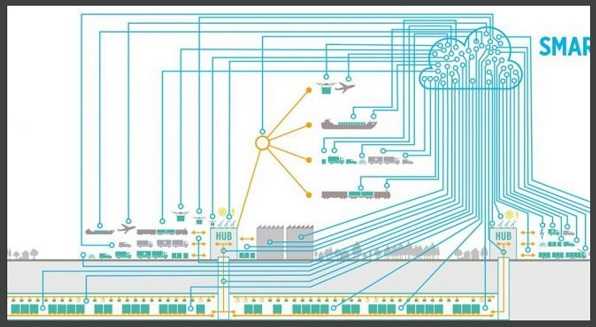
Earlier this month, the International Hyperloop Association was presented made up of a series of European companies based in Brussels, Belgium, which will act as an intermediary between the industry, the European Commission, and the European Parliament for the development of this system in Europe. The president of the new organization (Ben Paczek) has declared that the main developments in this sector will come soon in the next few months.
CST is not one of the founding members of this new Association and has not yet begun to build its first tunnels. Despite this, this could be the most advanced Hyperloop-related project in Europe, as far as implementation is concerned. It might not be as flashy as futuristic Hyperloop pods, but it could change cargo transportation forever.
Related Post

